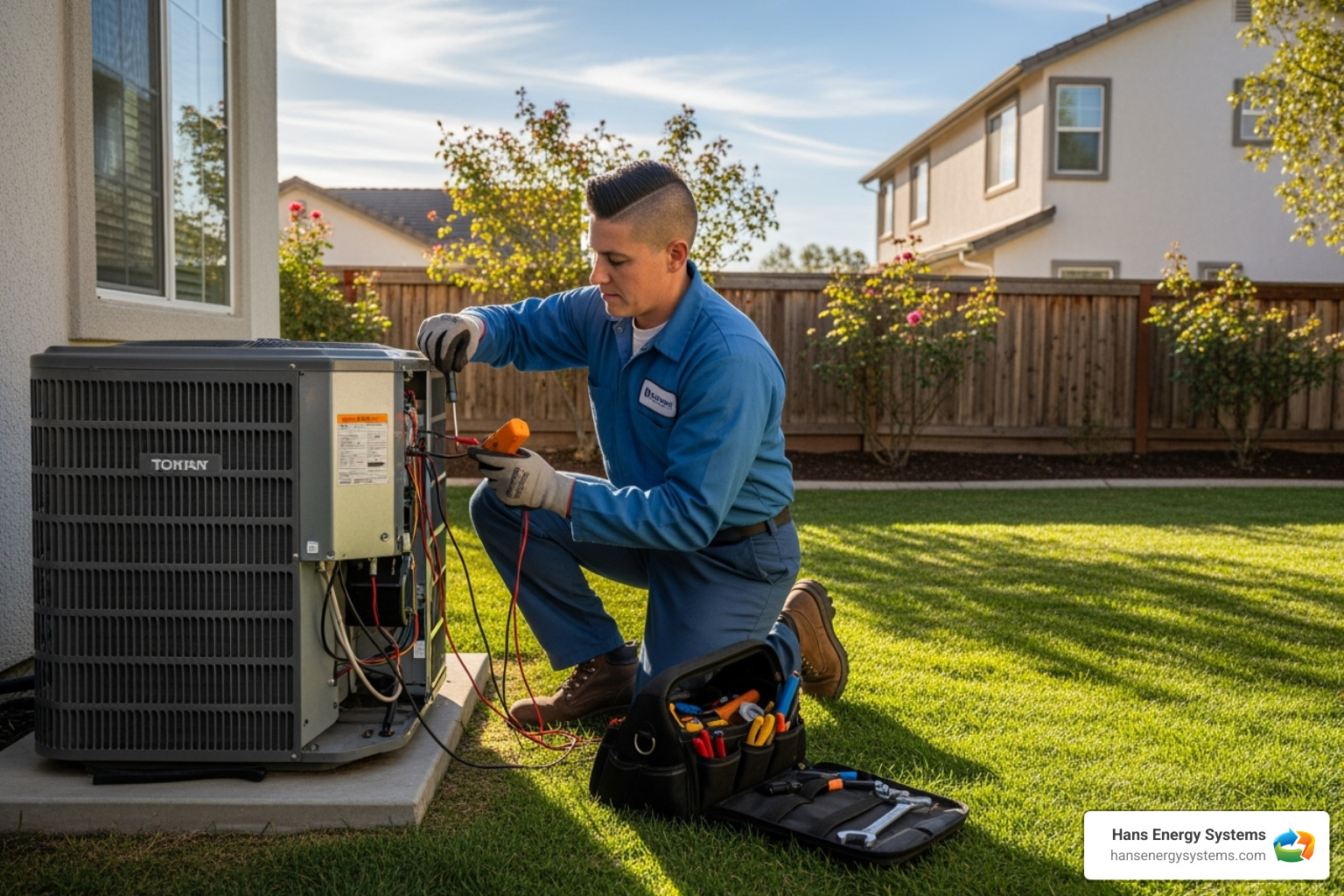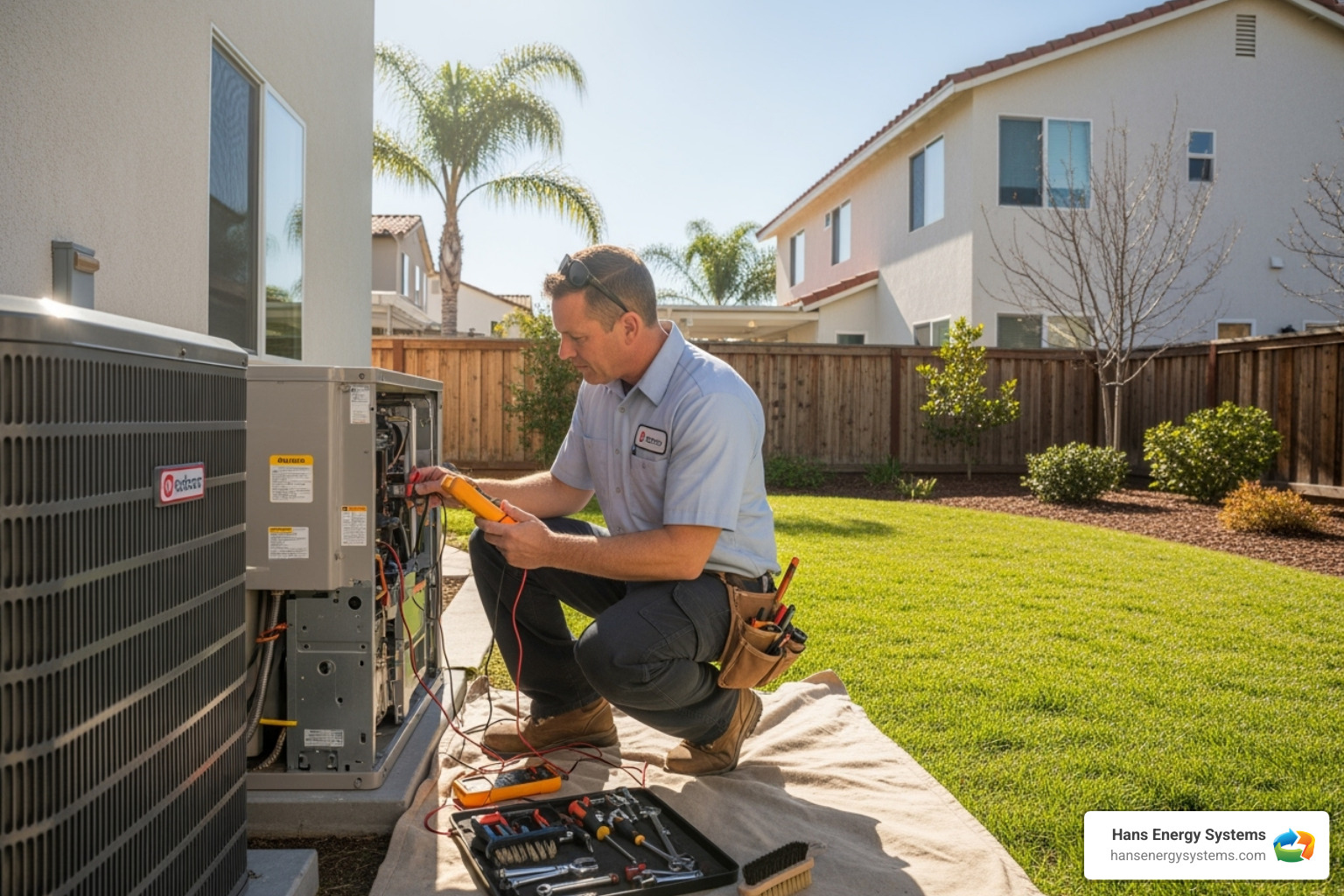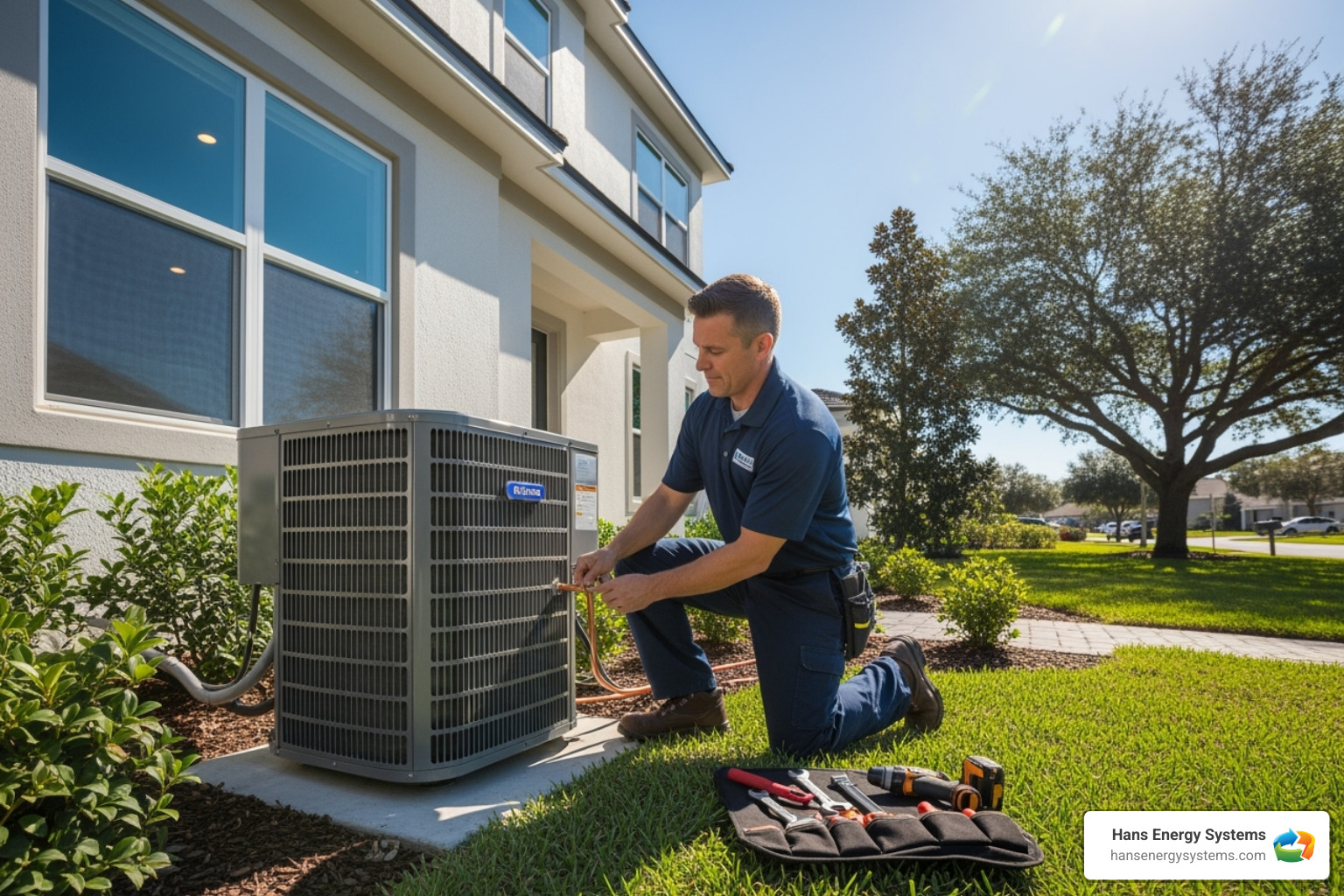Why Your Home’s Air Quality Matters More Than You Think
Indoor air quality (IAQ) affects your health, comfort, and well-being every single day, yet most homeowners never give a second thought to the air they’re breathing inside their own homes. We invest in comfortable furniture and beautiful decor, but often neglect the invisible environment that we inhabit constantly. Here’s what you need to know about this critical aspect of a healthy home.
Key Indoor Air Quality Facts:
- Americans, on average, spend approximately 90% of their time indoors, a figure that has likely increased with the rise of remote work and home entertainment.
- The U.S. Environmental Protection Agency (EPA) reports that indoor air can be 2-5 times more polluted than the air outside, and in some cases, the pollution levels can be up to 100 times higher.
- Poor air quality is a common culprit behind persistent issues like headaches, fatigue, dizziness, sinus congestion, and respiratory irritation.
- Improving IAQ is achievable through a three-pronged approach: source control (eliminating pollutants at their origin), ventilation (exchanging stale indoor air with fresh outdoor air), and air cleaning (filtering or purifying the air).
The truth might surprise you: the air inside your Southern California home could be significantly more polluted than the air outside, even with San Diego’s notorious smog and traffic. While we are often concerned about outdoor air pollution from vehicles and industry, we frequently overlook the invisible threats lurking in our living rooms, bedrooms, and kitchens. Modern, energy-efficient homes, designed to be tightly sealed to keep cooled or heated air in, are particularly effective at trapping these pollutants inside.
Indoor air pollution comes from a vast array of everyday sources, including cleaning products, cooking fumes, off-gassing from building materials and new furniture, pet dander, and even personal care products like hairspray. These pollutants become concentrated inside our homes, creating a chemical soup that we breathe in hour after hour.
The health impacts aren’t just theoretical or long-term. Poor indoor air quality can cause immediate, allergy-like symptoms such as itchy eyes, a runny nose, headaches, and persistent fatigue. It can also impact cognitive function, making it harder to concentrate. Over time, chronic exposure to certain indoor pollutants may contribute to the development or worsening of serious health problems, including respiratory diseases like asthma, heart conditions, and even certain types of cancer.
But here’s the good news: you have a significant degree of control over your home’s air quality. Unlike regional outdoor pollution, you can take direct and specific steps to identify, reduce, and eliminate the sources of indoor air pollutants, creating a healthier sanctuary for you and your family.

The Invisible Threats: Common Indoor Air Pollutants
The air inside your San Diego home might look and smell perfectly clean, but appearances can be deceiving. Indoor air quality problems often stem from invisible pollutants that you can’t see, smell, or taste—yet they can significantly affect your health every single day. Understanding these hidden threats is the first step toward breathing easier.

Indoor air pollutants fall into three main categories, each with its own sources and health risks. Biological pollutants include living organisms or their byproducts, such as mold, dust mites, pet dander, pollen, and bacteria. These microscopic invaders thrive in warm, damp environments and love to hide in carpets, bedding, upholstery, and humid areas like bathrooms and basements. Dust mites, for example, feed on dead skin cells and can trigger severe allergic reactions.
Chemical pollutants are gases and particles released from a wide range of manufactured products and materials. These invisible threats include a large group of gases known as volatile organic compounds (VOCs), formaldehyde, pesticides, and fumes from cleaning products. Finally, combustion pollutants are dangerous gases and particles generated by burning fuels. The most common sources in a home are carbon monoxide from a malfunctioning furnace or gas stove, nitrogen dioxide from gas appliances, and particulate matter from tobacco smoke, candles, or fireplaces.
Here’s what makes indoor air pollution so tricky: outdoor air quality directly affects what happens inside your home, and vice versa. Even on days when San Diego’s outdoor air is excellent, your indoor environment can still be heavily contaminated by sources within your own four walls. Conversely, outdoor pollutants like smog and wildfire smoke can infiltrate your home and become trapped, adding to the overall pollutant load.
Sources of Indoor Pollution
Let’s explore where these invisible threats actually come from in your daily life.
Volatile Organic Compounds (VOCs) are ubiquitous in modern homes. These carbon-containing chemicals easily evaporate into the air at room temperature. They escape from thousands of common products, including paints, varnishes, and wood finishes, aerosol sprays and cleaning supplies, air fresheners and scented candles, new carpeting and flooring, and even permanent markers and craft supplies. That “new car” or “new furniture smell” is often a cocktail of VOCs, including formaldehyde, off-gassing from adhesives and pressed wood products.
Your home’s building materials can be secret polluters. Older homes might contain hazardous materials like asbestos in insulation or lead in old paint. Even new construction introduces chemical emissions from materials like drywall, insulation, and sealants. Furniture made with pressed wood (particleboard, MDF) is a major source of formaldehyde, a known carcinogen, which can continue to be released for months or even years.
Cleaning products present a daily dilemma. While essential for hygiene, many conventional cleaners release harsh chemicals into your air during and after use. Ammonia, bleach, and other disinfectants can irritate the respiratory system. Even some “green” products based on citrus oils (like limonene) can react with ozone present in the air to create formaldehyde, an unintended and toxic byproduct.
Don’t forget about personal care products. Hairsprays, perfumes, deodorants, and nail polish remover all release VOCs directly into your breathing space, contributing to your home’s overall chemical load.
Cooking fumes represent one of the most significant and often underestimated sources of indoor air pollution. Every time you fry, sear, grill, or even boil water on a gas stove, you’re releasing fine and ultrafine particulate matter (PM2.5), nitrogen dioxide (NO2), carbon monoxide (CO), and VOCs into your home’s air. Gas cooking is particularly problematic for indoor air quality because it produces combustion byproducts that can quickly spread throughout the entire house, often reaching levels that would be illegal outdoors.
Radon gas is a particularly sneaky threat because it is a naturally occurring radioactive gas that is colorless, odorless, and tasteless. It seeps up from the soil and rock beneath your home and enters through cracks in the foundation, gaps around pipes, and other small openings. The EPA estimates that radon is the second leading cause of lung cancer in the United States, responsible for about 21,000 deaths annually. The only way to know if your home has liftd radon levels is to test for it. Scientific research on sources of indoor pollutants provides detailed information about how these various pollutants affect our homes.
Mold and mildew are fungi that thrive wherever moisture accumulates. Leaky pipes, high humidity from cooking or showering, condensation on windows, or past water damage create perfect breeding grounds. Once established, mold releases microscopic spores into the air that can trigger allergies, asthma attacks, and other respiratory problems. A persistent musty odor is a telltale sign of a hidden mold problem. Research shows that reducing mold exposure in early life may play a crucial role in preventing asthma development in at-risk children.
Common Pollutants and Recommended Exposure Limits
Understanding safe exposure levels helps you make informed decisions about your home’s air quality. Health organizations like the World Health Organization (WHO) and the U.S. EPA have established guidelines to protect public health. These are upper limits; for optimal health, levels should be as low as possible.
-
Radon: The EPA recommends that homeowners take action to mitigate radon levels if they are at or above 4 picocuries per liter (pCi/L). This colorless, odorless gas requires specific testing to detect.
-
Carbon Monoxide (CO): This toxic gas becomes dangerous at sustained levels above 9 parts per million (ppm) over an 8-hour period. High concentrations can be lethal. Common sources include fuel-burning appliances and attached garages.
-
Formaldehyde (CH₂O): To prevent irritation and reduce long-term risk, exposure should remain below 0.1 ppm. This chemical is a common VOC found in pressed wood furniture, flooring, and fabrics.
-
PM2.5 (Fine Particulate Matter): The EPA’s annual standard is a level of 12 micrograms per cubic meter (µg/m³). These tiny particles, less than 2.5 micrometers in diameter, come from cooking, burning candles, and outdoor pollution and can penetrate deep into the lungs and bloodstream.
-
Nitrogen Dioxide (NO₂): The WHO recommends that annual average concentrations not exceed 5.3 parts per billion (ppb). A primary source in homes is unvented gas stoves, and it is a known respiratory irritant linked to increased asthma symptoms in children.
The EPA’s guide to indoor air quality provides comprehensive information about these pollutants and their health effects. These are general guidelines—people with allergies, asthma, or other health conditions may be more sensitive and require even cleaner air to feel their best.





